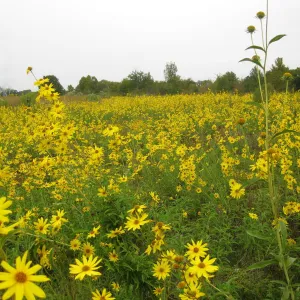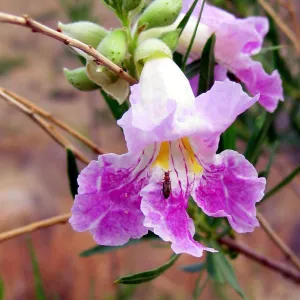by Rheda Boardman – Boerne Chapter, Native Plant Society of Texas
Published in Boerne Star on February 27, 2015


Calling all shutterbugs! With spring just around the corner, the Boerne Chapter of the Native Plant Society of Texas, in collaboration with the Cibolo Nature Center and Farm and the Patrick Heath Public Library, would like to announce the upcoming “Texas Native Plant Photo Contest”. Our goal is to challenge amateur photographers of all skill levels to use their cameras as a tool to learn more about native plants and pollinators of the Texas Hill Country.
The contest has three age groups (elementary school, middle school and high school) and three categories (close-up of native plant, scenic view with native plants, and native plant with a pollinator). The contest is open to all youth that attend school in the Boerne ISD boundaries.
As a kick off to the photo contest, all ages are invited to attend a presentation by three local photographers during the March 3rd monthly meeting of the Boerne Chapter of the Native Plant Society of Texas. The presentation will begin at 7pm, in the Auditorium at the Cibolo Nature Center, but everyone is invited for socializing beginning at 6:30pm.
Chuck Janzow, Wilt Shaw, and Delmar Cain will discuss tips and techniques used when photographing native plants as well as the different types of cameras they find give them the best results.
Chuck Janzow was a science teacher at Boerne High School for over 30 years and served as chairman of the Science Department for many years. Chuck is a self-taught horticulturist and has been very successful at propagating many of our local native shrubs and trees. Chuck is a long-time NPSOT – Boerne member and plays a vital role in the ongoing success of the Bigtooth maple program.
Wilt Shaw, former Chapter President and long-time NPSOT – Boerne member, retired after years as a Geophysical Consultant with Mobil Oil. Wilt is an Alamo Area Master Naturalist, an advisor to the Cordillera Ranch Nature Club, and serves on the board of Friends of Guadalupe River/Honey Creek. He also established and continues to maintain the demonstration garden at the Bergheim Volunteer Fire Department.
Delmar Cain, member of NPSOT – Boerne and another past President, is a former attorney and has worked for the FBI and Texas A&M. This past October, Delmar was awarded the Carroll Abbott Memorial Award from the Native Plant Society of Texas for his work on the bi-weekly column entitled “Native Grown” in the Boerne Star newspaper. Delmar has been taking digital images for 10 years and describes himself as a photographic documenter.
Nature photographers could not ask for a better time of year to get out there and start snapping away! Hopefully, we will enjoy a beautiful wildflower season, but remember to look up as well! Redbud, Mexican plum, Anacacho orchid tree and many other trees and shrubs will put on a show of blooms in the weeks to come and your picture could be a winner!
There are a number of resources available to aid in determining whether your plant is one of our natives. The Boerne Chapter website ( www.www.npsot.org/boerne) and the Lady Bird Johnson Wildflower Center website (www.wildflower.org/) are great places to start. Additionally, “Wildflowers of the Texas Hill Country” by Marshall Enquist is a must-have for anyone living in our wild, wonderful, rugged region.
The photo submission deadline is September 18, 2015. A special reception, program and announcement of winners event is planned for Tuesday October 6, 2015 at the Patrick Heath Public Library. All photographs will be exhibited at the library from October 6th to October 26th. Guidelines, entry forms, and additional details can be downloaded at http://www.npsot.org/wp/boerne/photo-contest/
The Boerne Chapter of the Native Plant Society of Texas holds monthly meetings September through June on the first Tuesday of each month. Generally meetings are held at the Cibolo Nature Center & Farm Auditorium, 140 City Park Road in Boerne. Socializing begins at 6:30p.m., with the program starting at 7. For questions regarding the contest or presentation, please contact Rheda Boardman at rhedaboardman@yahoo.com.


